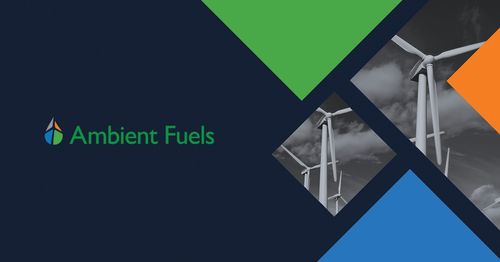The International Energy Agency’s report on the role of e-fuels in decarbonizing transport finds that e-fuels’ cost gap with fossil fuels could substantially reduce by 2030, an important finding for the advancement of a family of emerging e-fuel technologies.
In the report, which was published last month, the IEA aims to assess the implications of growth in e-fuels in terms of needed cost reductions, resources and infrastructure investments of an assumed goal of achieving a 10% share of e-fuels in aviation and shipping by 2030.
For instance, the cost of low-emission e-kerosene might drop to $50/GJ ($2,150 per ton), making it competitive with biomass-based sustainable aviation fuels – but still 2 – 3x more expensive than fossil-based fuels.
The costs for low-emission e-methanol and e-ammonia could also decrease, opening the door for their use as low-emission fuels in shipping. Interestingly, the production of e-fuels for aviation will also result in a significant amount of e-gasoline as a by-product, the report notes.
In terms of impact on transport prices, a 10% share of low-emission e-fuels would only modestly increase the cost of transport, according to the report. For example, e-kerosene would raise the ticket price of a flight using 10% of e-fuels by only 5%.
However, the adoption of e-methanol and e-ammonia in shipping will necessitate significant investments in infrastructure and ships. The overall cost for a fully e-ammonia or e-methanol-fueled container ship would be 75% higher than a conventional fossil-fuel-powered ship, yet this represents just 1-2% of the typical value of goods transported in these containers.
The production of e-fuels generally suffers from low efficiency due to multiple conversion steps and losses, leading to high resource and infrastructure demand, according to the report. Producing significant amounts of low-emission e-fuels could increase the demand for renewable electricity by about 2,000 TWh/yr by 2030. This represents about one-fifth of the growth of low-emission electricity expected in this decade under certain policy scenarios.
The production of e-fuels can exploit the potential of remote locations with high-quality renewable resources and vast land available for large-scale projects. However, achieving a 10% share of e-fuels in aviation and shipping would require a significant increase in electrolyser capacity, equivalent to the entire size of the global electrolyser project pipeline to 2030.
The accelerated deployment of low-emission e-fuels for shipping would require substantial investments in refueling infrastructure and vessels, especially for e-ammonia or e-methanol. Achieving a 10% share in shipping would demand approximately 70 Mt/yr of these fuels. The financial investment in shipping capacity and bunkering infrastructure would be substantial, yet represent less than 5% of the cumulative shipbuilding market size over the period 2023-2030.
Producing carbon-containing low-emission e-kerosene and e-methanol would necessitate a massive increase in CO₂ utilization, with significant potential synergy with biofuels production. Around 200 Mt CO₂ would be required for a 10% share of e-kerosene in aviation and 150 Mt CO₂ for the same share in shipping if using e-methanol.
Access to CO₂ is a major constraint for carbon-containing low-emission e-fuels, and the best wind and solar resources are not always co-located with significant bioenergy resources. Direct air capture (DAC) of CO₂ could provide an unlimited source of CO₂ feedstock without geographic constraints, but it is expected to remain a high-cost option in 2030, the report projects.






